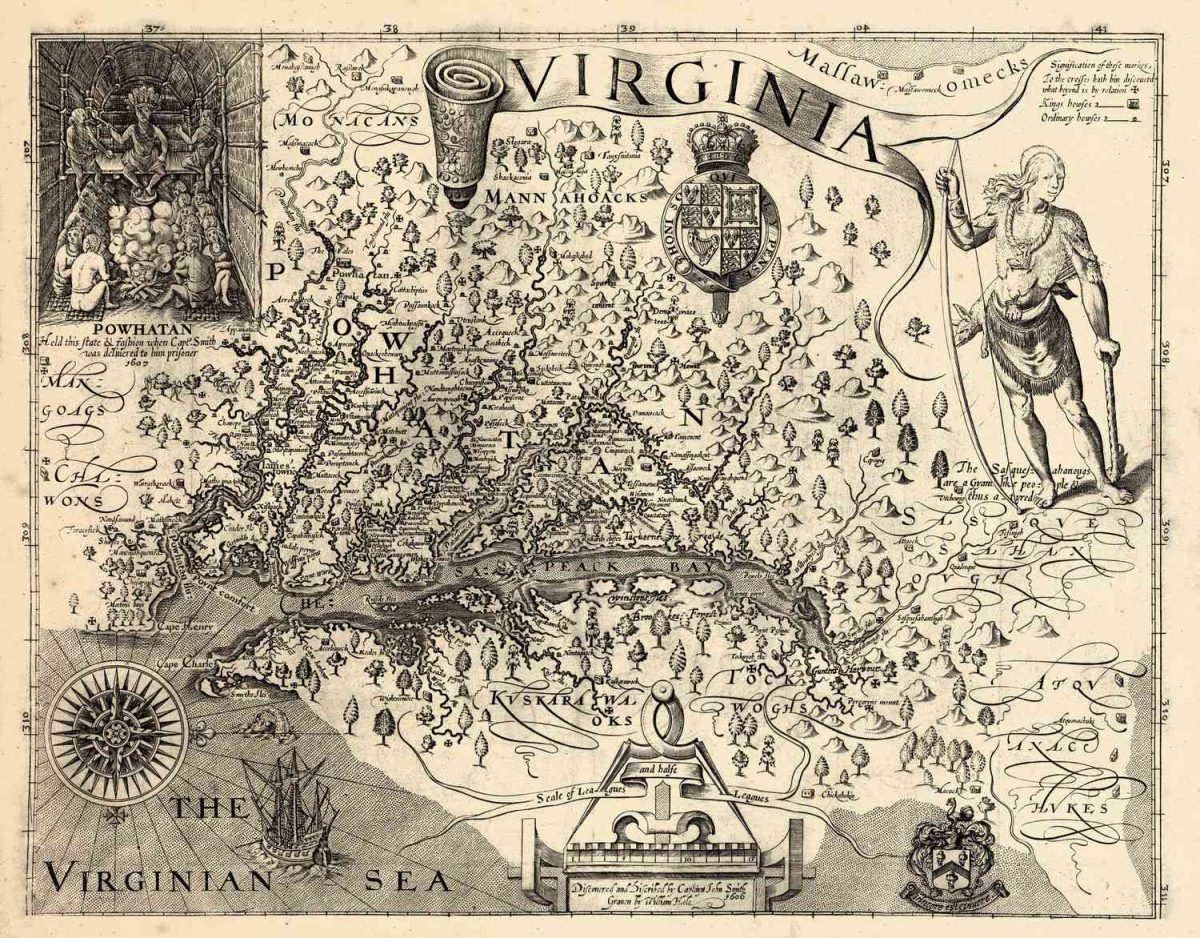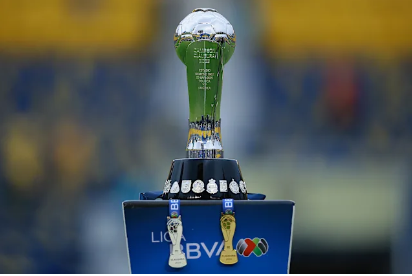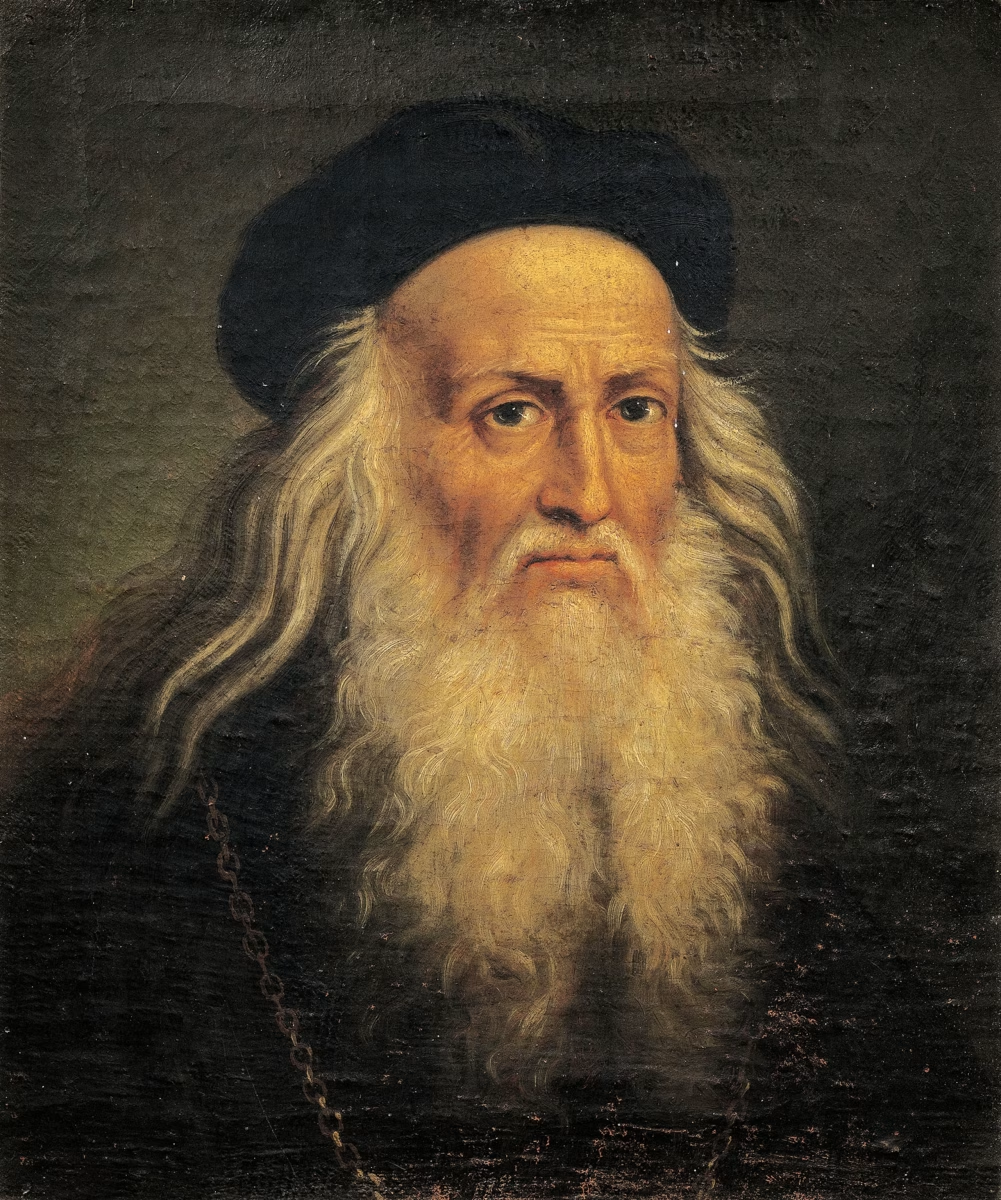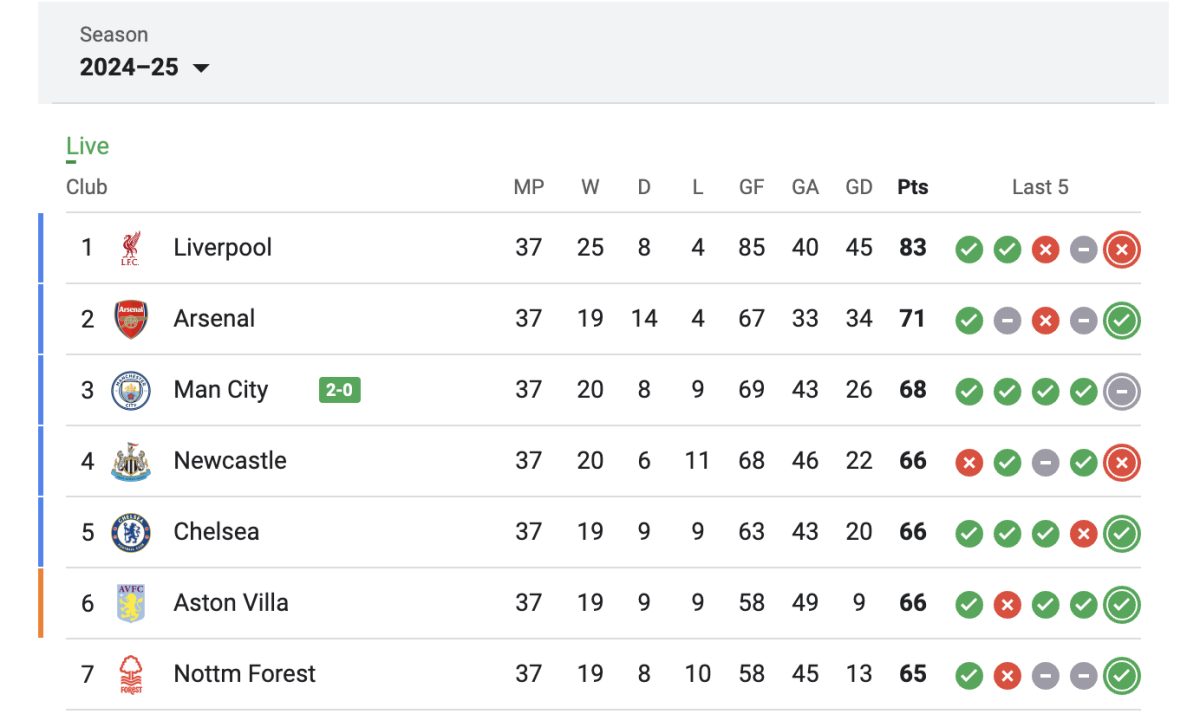In the Paris 2024 Olympics, the athletes were 50% women and 50% men. However, the journey leading up to the gender-equal event was lengthy.
Pierre de Coubertin (1863-1937) was the former president of the International Olympic Committee (IOC) and believed female participation was uninteresting and out of the ordinary. In addition, there were myths that women would have fertility problems, limited energy, and frail offspring. For the most part, the reason why women couldn’t compete was because of other people’s opinions. They weren’t too weak, it was because mainly men had strong doubt of their abilities.
The first time women were allowed to participate in the Olympics was in the year 1900 in Paris, France. According to the IOC, 22 women out of the 997 athletes competed in sailing, tennis, croquet, golf, and equestrianism. They were only allowed to compete in these five events because they were considered too feminine for other sports, especially track and field. Female athletes in 1900 who proved people wrong include two gold medalists, Charlotte Cooper and Helene de Pourtales, and golf tournament winner, Margaret Abbott.
Women endured many hardships to bring 0% female participation in the Olympics to 50%. They diminished the sexist comments by showing their strength, resilience, and discipline. Today, familiar names from the Paris 2024 games include Tara Davis-Woodhall, Katie Ledecky, Ilona Maher, and the list goes on. Since the modern Olympic games in 1896, it took 128 years for the Olympics to be considered a completely gender-equal sporting event.

































